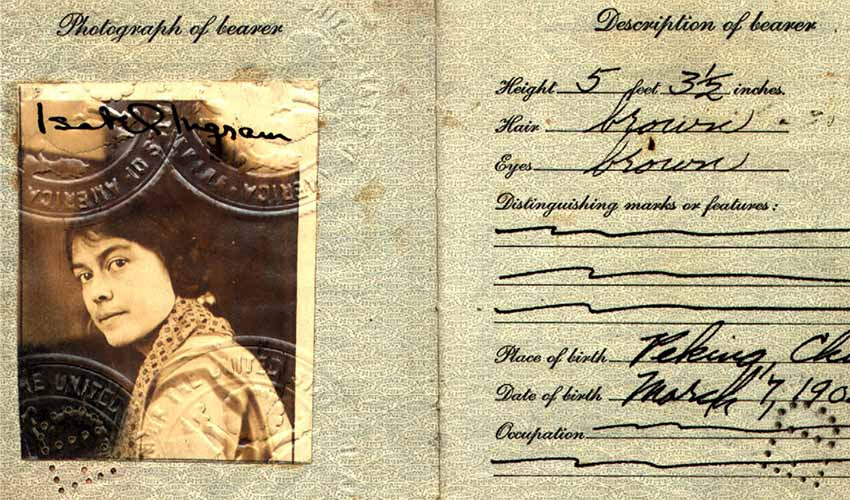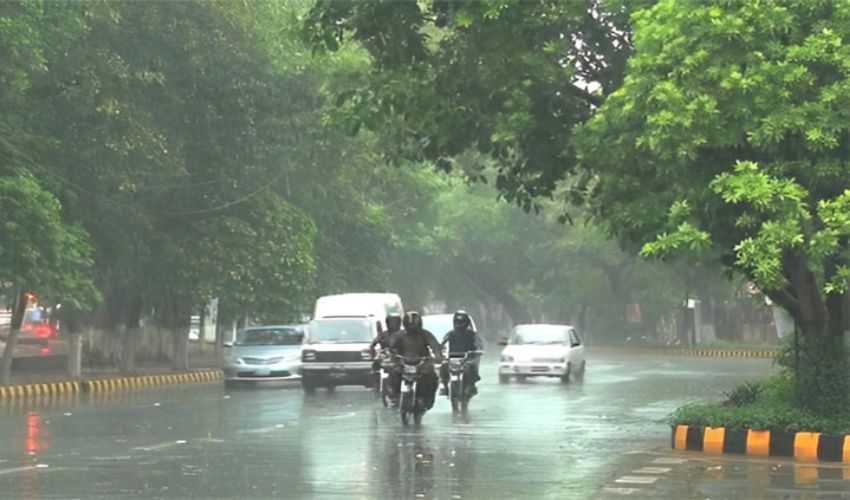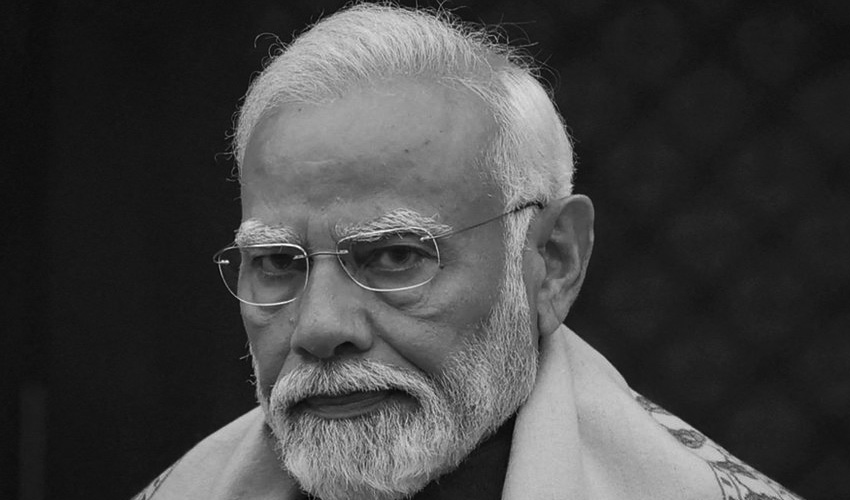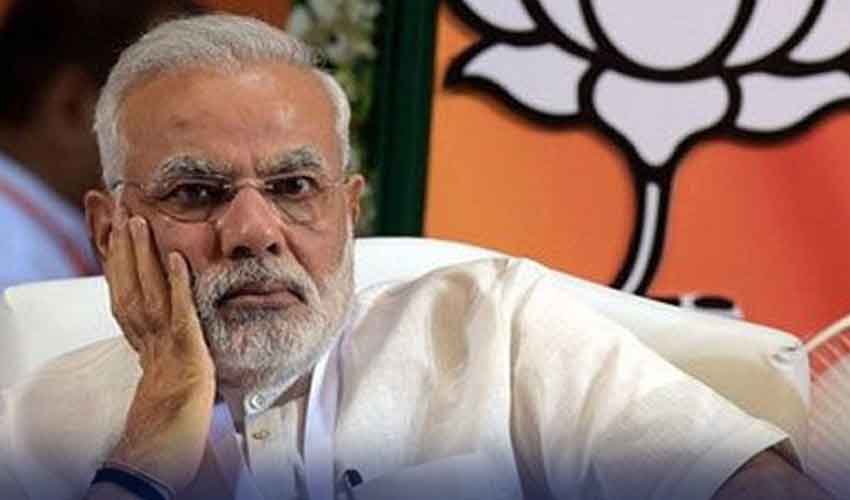Long before the advent of passports and visas in their current forms, a journey through time reveals that even in the days of ancient empires, there existed a rudimentary form of travel control.
Notably, the Bible mentions the Persian king, Ardashirawal, around 450 BC, who required important political figures to obtain permits for passage through his kingdom, laying the groundwork for what we now recognize as visas.
Passports in British History
Fast-forwarding to the 15th century, the first inklings of travel documents emerge in British history during the reign of King Henry II in 1414.
These early documents, considered precursors to passports, were initially a simple paper issued by the king, serving as sufficient authorization for travel.
The term "passport" gained prominence in the 16th century, as travel document issuance fell under the jurisdiction of the King's Privy Council.
Passport's journey to modernity
The journey towards the modern passport reached a milestone in 1914 when Britain introduced a new law, issuing passports with a single folded page backed with cardboard for durability.
These early passports were valid for two years, featuring not only a photograph but also information about the individual's dress code.
League of nations and passport mandate
The aftermath of World War II saw the compulsory implementation of passports for everyone, largely influenced by the League of Nations, a precursor to the United Nations.
Under the League of Nations, countries recognized each other's passports, making them a vital requirement for crossing borders. Critics argue that this move by Western countries strengthened their control, an assertion that continues to fuel debates today.
Pioneering passports in United States
Across the Atlantic, the United States witnessed the issuance of passport-like permits even before the Declaration of Independence.
However, standardized passports as we know them today began to be issued in the late 19th century. Intriguingly, during this time, married women in the U.S. were not granted separate passports; instead, they were mentioned on their husbands' passports under the caption "Mr. John Dow and wife."
British Indian passports
Examining the South Asian narrative, during the first half of the 20th century, British India did not issue British passports to its residents. Instead, the British government issued "British Indian Passports," extending even to political leaders like Quaid-e-Azam Muhammad Ali Jinnah and Mahatma Gandhi.
This practice persisted until India gained independence, prompting the issuance of new passports aligned with the emerging nations.
As we reflect on the historical journey from ancient permits to the modern intricacies of passports and visas, it becomes evident that these documents are not merely bureaucratic tools but artifacts that encapsulate the evolving dynamics of global mobility and geopolitical shifts.
The narrative underscores the delicate balance between freedom of movement and the need for governance in an ever-changing world.



























